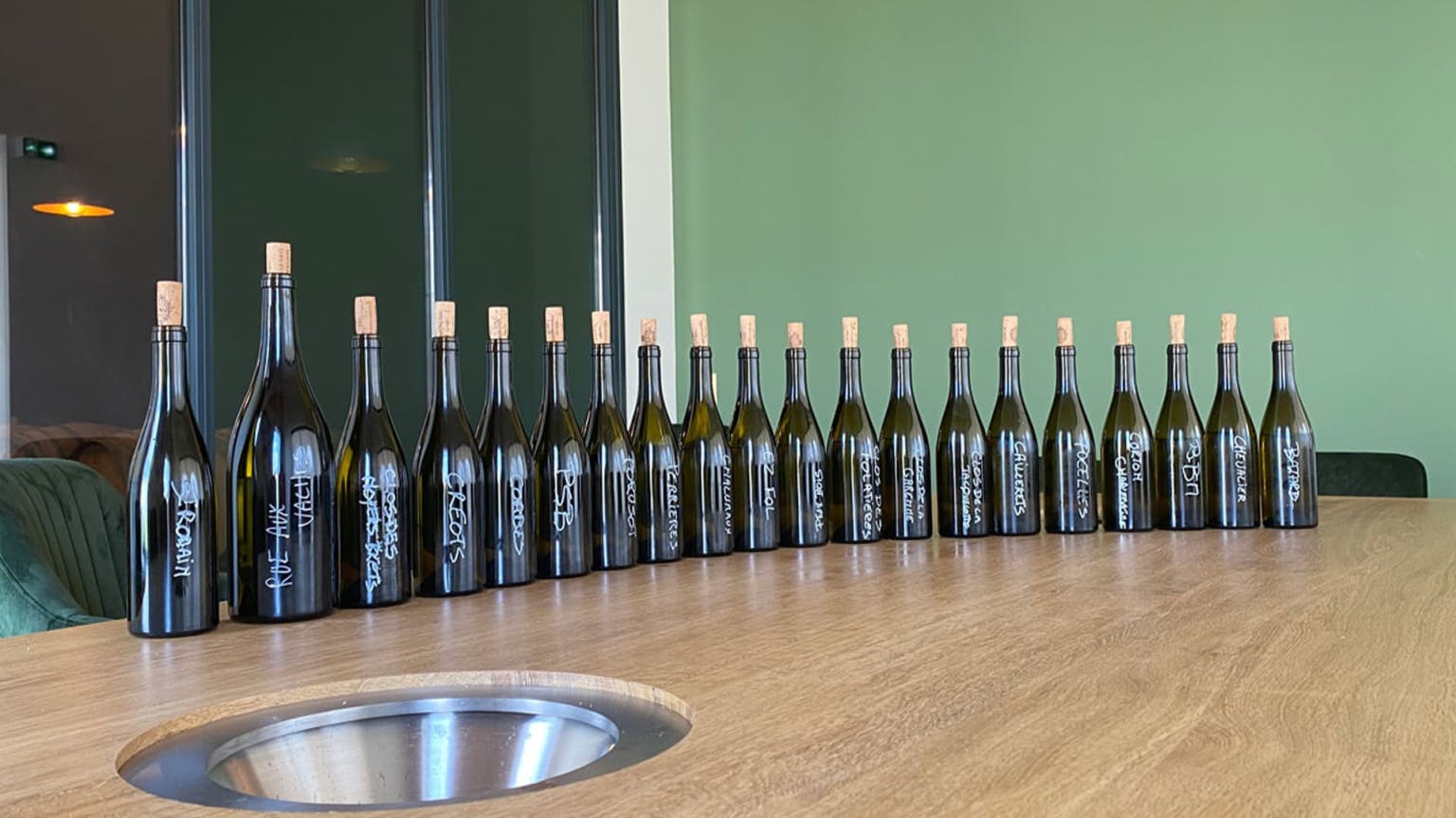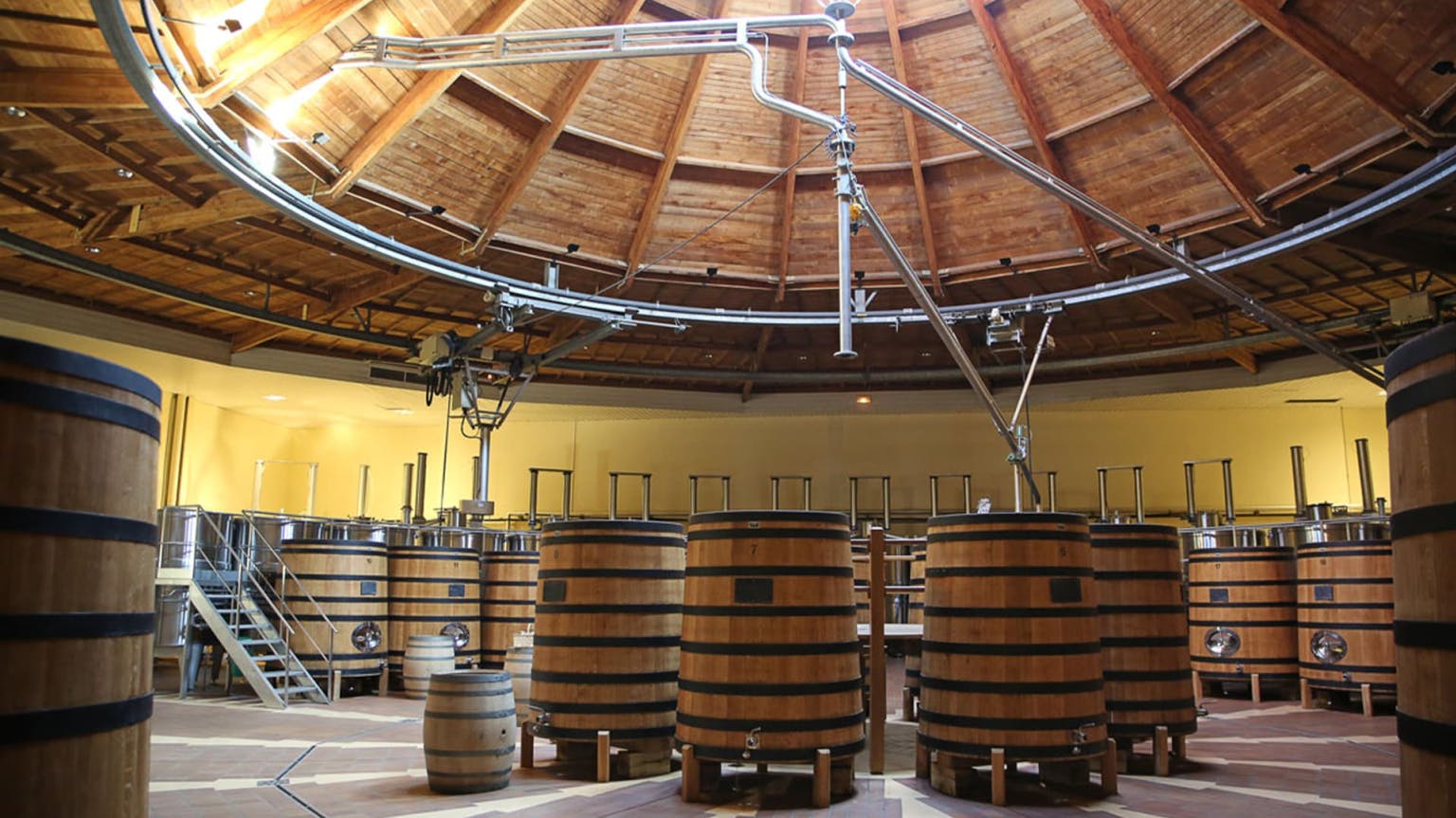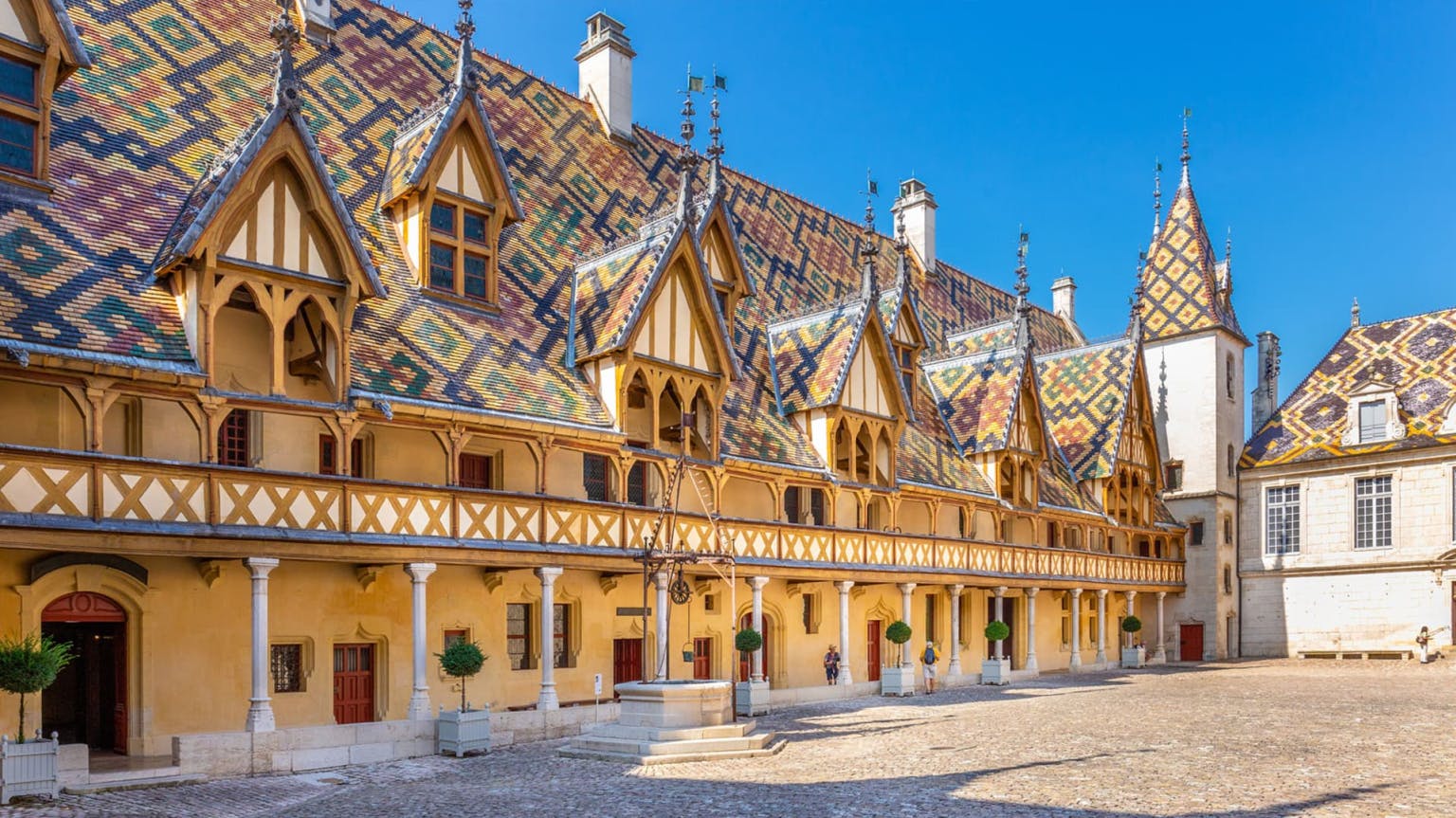Touching down in Burgundy last week was a shock. Coming from London’s autumnal hues, the hit of hot air as the plane doors opened was surprising – indeed, it’s abnormally balmy across much of Europe at the moment. It’s another reminder of climate change and the very real impact it is having – especially on viticulture and other agriculture. While the cool and rainy 2021 vintage felt like a return to the old Burgundy (with all its challenges), 2022 and 2023 were both modern vintages that speak of global warming.
The region’s vignerons were in a good mood, with the 2023 vintage harvested weeks ago and the wines safely in the cellar. For once, they have had not one but two consecutive vintages offering decent volumes, helping to make up for a run of tiny crops. The cellars are – at last – looking a little less barren. Indeed, the regional body Vins de Bourgogne reported that 2022 represents a 75% increase on the measly volumes of 2021.
The 2022 vintage, however, was the reason for and focus of our visit – getting our first taste of the wines that will be dominating the calendar for the next few months. As I’ve mentioned, this was a modern vintage, a year that is very much the new normal. The winter was cold, however warmer temperatures in February and March saw an early start to the season. Once again the mercury dropped in April with the threat of frost, however it didn’t seem to have major ramifications.

The summer was warm and dry – with heavy rain in late June breaking the drought, providing essential refreshment for the vines in the year’s arid conditions. At Louis Jadot, Thibault Gagey explained how there were two weeks in August with temperatures over 35˚C, during which the vines shut down. Alvina Pernot explained how plots with richer soils – those with more clay and better water retention – fared better, pointing to Clos des Folatières as a site that thrived in the year, as well as older vines with deeper roots, those that could reach and draw upon water reserves. Picking started at the very end of August, with another contracted harvest during which the ability to pick what you wanted when you wanted key to quality. The good news was that the crop was plentiful, with most managing to achieve a full crop, with a maximum of up to 15-20% less for some of the Chardonnay.
Looking at the season on paper, it’s easy to imagine the resulting wines might be dominated by their ripeness – but that’s simply not the case. We need to taste and talk much more into exactly why, however it seems that the generous yield was the year’s saviour. With so much fruit for the vine to ripen, sugar levels remained moderate. As in 2020, the grapes retained high levels of tartaric acid, bringing surprising freshness to the wines. The malic acid was degraded, but this meant that the malolactic fermentation had less impact on the final wines and their balance (although we anticipate that some may still have chosen to block it).

From what we’ve tasted so far, the reds show particular promise – offering juicy, concentrated fruit without drifting into over-ripe or jammy, vibrant acidity and fine-textured yet very present tannins. Those we’ve tasted are amazingly open even though few have yet finished élevage – the ripe fruit shining through, but there’s a gravitas beneath that appealing, mouth-watering fruit.
The whites, meanwhile, are classical in their fruit expression, with more traditional white peach, melon, pear and citrus. There’s good dry extract and density here, with balance too. They have natural tension, and there seems to be a pleasing bitterness that adds to their freshness, something we found consistent across producers so far. In general alcohols are modest, sitting mainly between 12.5 and 13.5%, for both reds and whites.
This is only the beginning of our deep dive into the 2022 vintage, however we left the sunny streets of Beaune filled with excitement about the year. There is still much to discover and explore, and much, much more to taste to inform our full vintage report – but it’s clear already that this is a year with great potential, and one that you’ll want in your cellar.
We’ll be publishing more on Burgundy 2022 in due course; in the meantime, browse all current Burgundy 2022 listings.

